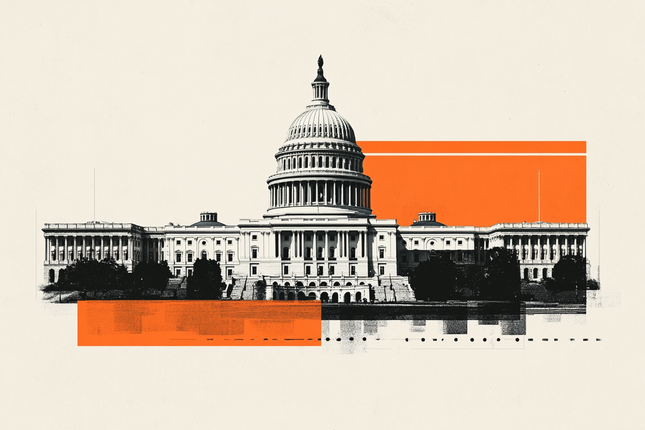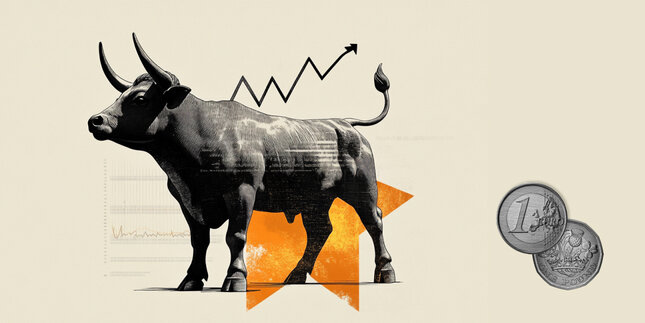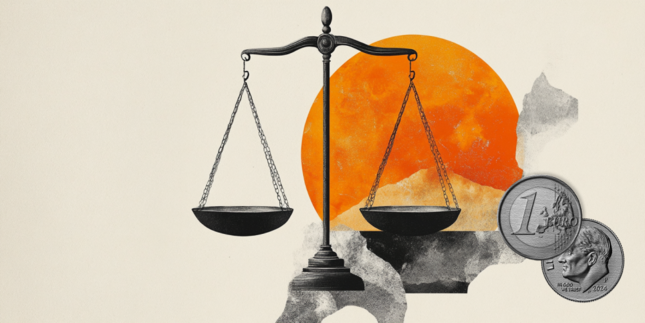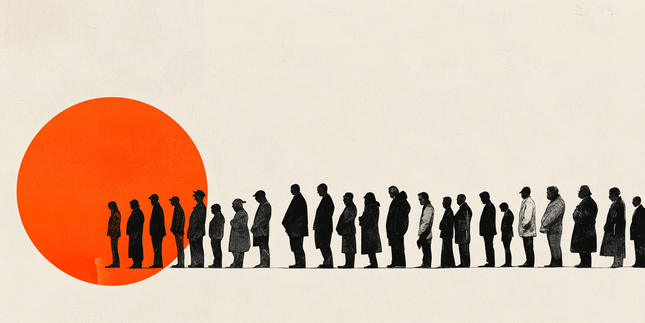AUD/JPY drops to near 93.00 as Japanese Yen rises following personal spending data
- AUD/JPY depreciates, buoyed by stronger-than-expected Japanese household spending data—signaling a potential rebound in domestic consumption.
- Japan’s Overall Household Spending in Japan rose 2.1% YoY in March, beating the market estimate of a 0.2% increase.
- The Australian Dollar finds additional support as China reported a larger-than-expected trade surplus of $96.18 billion in April.
AUD/JPY retreats from its recent gains during European trading hours on Friday, hovering near the 93.10 level. The Japanese Yen (JPY) is strengthening, supported by domestic data showing a stronger-than-expected rise in personal spending for March—an encouraging sign for consumption. However, concerns linger as real wages continue to decline, clouding Japan's broader economic outlook.
Japan’s Overall Household Spending increased by 2.1% year-on-year in March, reversing a 0.5% drop in February and surpassing the market forecast of a 0.2% gain. This marks the strongest growth since December, driven largely by continued rises in utility spending amid colder weather conditions.
Japan’s Labor Cash Earnings grew 2.1% YoY in March, slowing from February’s 2.7% and missing the expected 2.3%. Meanwhile, real wages—adjusted for inflation and considered a key indicator of purchasing power—fell 2.1%, marking the third straight month of decline.
Despite the pressure on the AUD/JPY cross, downside risk may be limited as the Australian Dollar finds some support following the release of China’s trade data. Given Australia’s close trade ties with China, any improvement in Chinese economic indicators often helps underpin AUD strength.
China posted a trade surplus of $96.18 billion in April, above the $89 billion estimate but below March’s $102.63 billion. Exports rose 8.1% YoY—well above the forecast of 1.9%, though easing from the previous 12.4%—while imports fell just 0.2%, a marked improvement from the expected -5.9% and March’s -4.3%. Meanwhile, China’s trade surplus with the US narrowed to $20.46 billion from $27.6 billion in March.
Attention now turns to preliminary US-China trade talks slated for this weekend in Switzerland. Expectations remain muted, with both parties downplaying prospects of a breakthrough. Former President Trump has reiterated a tough stance on China, highlighted by his appointment of a new envoy to Beijing. While discussions on tariff exemptions are underway, Trump stated the US is “not looking for so many exemptions.”
In contrast, Chinese Vice Foreign Minister Hua Chunying expressed confidence in China’s ability to manage ongoing trade tensions, asserting that the country remains resilient and fully capable of withstanding external pressures.
US-China Trade War FAQs
Generally speaking, a trade war is an economic conflict between two or more countries due to extreme protectionism on one end. It implies the creation of trade barriers, such as tariffs, which result in counter-barriers, escalating import costs, and hence the cost of living.
An economic conflict between the United States (US) and China began early in 2018, when President Donald Trump set trade barriers on China, claiming unfair commercial practices and intellectual property theft from the Asian giant. China took retaliatory action, imposing tariffs on multiple US goods, such as automobiles and soybeans. Tensions escalated until the two countries signed the US-China Phase One trade deal in January 2020. The agreement required structural reforms and other changes to China’s economic and trade regime and pretended to restore stability and trust between the two nations. However, the Coronavirus pandemic took the focus out of the conflict. Yet, it is worth mentioning that President Joe Biden, who took office after Trump, kept tariffs in place and even added some additional levies.
The return of Donald Trump to the White House as the 47th US President has sparked a fresh wave of tensions between the two countries. During the 2024 election campaign, Trump pledged to impose 60% tariffs on China once he returned to office, which he did on January 20, 2025. With Trump back, the US-China trade war is meant to resume where it was left, with tit-for-tat policies affecting the global economic landscape amid disruptions in global supply chains, resulting in a reduction in spending, particularly investment, and directly feeding into the Consumer Price Index inflation.
Forex News
Keep up with the financial markets, know what's happening and what is affecting the markets with our latest market updates. Analyze market movers, trends and build your trading strategies accordingly.






















